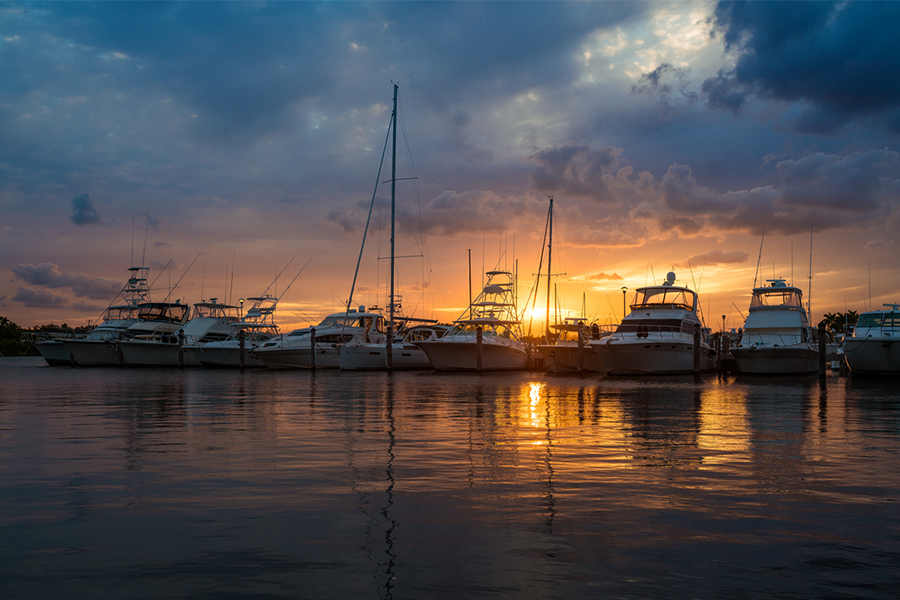
By Nichola Davies, LGAQ Digital Journalist
From the Gold Coast to Port Douglas, there are 25 marinas allowing safe refuge and refuelling for yachts, fishing boats, barges, and charter boats. North of Port Douglas and all the way to Darwin, though, there are none.
Ship design and logistics company Sea Transport’s Chairman Dr Stuart Ballantyne believes mini ports on this stretch of the Queensland coastline could bring significant economic opportunity, firstly by way of tourism from the thousands of pleasure craft that annually flee from the southern winter to the warm central and northern Queensland coastal waters.
Sea Transport estimates 60,000 people currently travel by boat per year to the Cape—approximately the same number as those travelling by road.
“Charter vessels for diving, sailing, game fishing and sightseeing are another common scene at most marinas in Queensland,” Dr Ballantyne said.
“This is a huge attraction for interstate and overseas tourists, particularly if the local area has good fishing, sailing and diving areas.”
Add to that the cruise ships and their hundreds of passengers wanting to come ashore.
Secondly, marinas or mini ports can release “trapped” resources to the global market, reduce road transport costs and provide improved services—such as fuel, dry and refrigerated food supply, and medical aid—to remote communities.
Remote councils, many of which are First Nations councils, have long faced the issue of high food prices, where fuel and supermarket staples can be more than double the price charged in the city. With many remote councils relying on barge shipments for their food, more touchpoints on the coastline could mean lower prices and longer shelf lives.
Dr Ballantyne said fishing vessels, too, are the backbone of the seafood industry.
“However, around Cape York and in the Gulf, fishing vessels have to exchange their catch with motherships, essentially meeting out in the ocean and unloading that way due to the fact there are no marinas,” Dr Ballantyne said.
“With Indigenous fishing rights being extended around the northern coastline perimeter, there is now a higher demand for marina facilities for offloading product, refuelling, crew rest and so on.”
Additional marinas or mini ports would alleviate some of the strain on remote roads as well, bringing down the cost of maintenance, removing trucks from coastal roads to main ports. Export routes no longer relying solely on trucks to freight agricultural or mineral products would contribute to population spread and regional jobs.
Dr Ballantyne said concerns surrounding ports’ environmental impact are lessened with mini ports, as they have a smaller environmental impact than deep water ports.
“Mini ports are designed around the world’s shallowest draft and most maneuverable feeder vessels, ensuring the lowest dredge volume and smallest environmental footprint,” he said.
“An additional benefit is that renewable energy—wave technology—can be integrated into the mini ports, using oscillating water column (OWC) technology built into the breakwater.
“One hundred metres of breakwater could produce enough power for 500 households.
“The OWC systems have the capacity for transport electrification or hydrogen production, which is touted as a fuel of the future.
“The overall cost of energy is significantly less than diesel generation and is far more environmentally friendly.”
With these multitude of benefits, marinas or mini ports at least offer some (sea)food for thought for coastal communities.